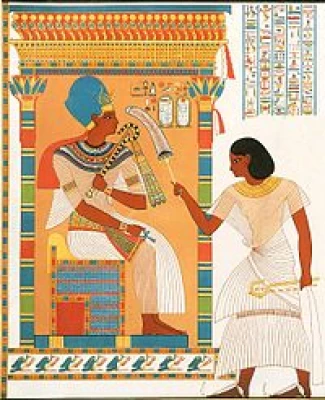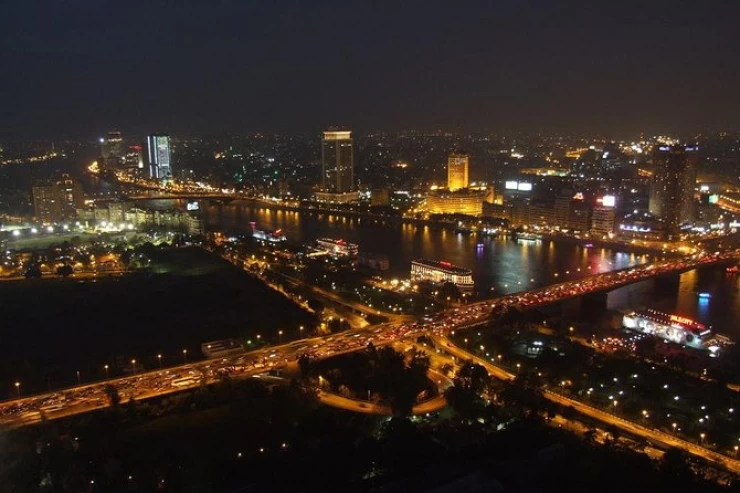
The absolute power of the priests in ancient Egypt
Priests ancient Egypt
Who is the priest? It is the mediator of communication between humans and gods. It is believed that the priests served as assistants to the ruler. They helped him make certain decisions, looked to the future, and performed various rituals to summon rain or the fertility of the earth. Priesthood in Egypt was one of the most influential classes.
Additionally, his representatives were in direct contact with the state. It was a separate and relatively closed organization.
The absolute power of the priests in ancient Egypt
They were the right hand of the ruler and they knew more than Pharaoh himself. Accordingly, the question arises: And who is the priest in reality? But in fact, he is a real ruler! Priests were in power and at the same time, they were in the shadows.
Who is the priest in the state structure in ancient Egypt?
The state structure at that time was under construction, as follows: the king (Pharaoh) was just a boy, fortunately, he was lucky to be born with this title, and nothing more! The future ruler did not learn to read and write. This was not necessary, because there were always those who ruled in practice - priests, who would do everything themselves. Because they had an enormous influence on the king, they would talk and do everything the way they needed it. Pharaoh assumed the status of the official ruler.
The Mystery of the Priests
Archaeologists, trying to answer more precisely, the question of who was a priest in ancient Egypt were amazed! The fact is that not so long ago, the same stones were found, for which the most complex calculations and surgeries for the transplantation of various organs were described. Scientists are still baffled about this astonishing mystery for priests. It is unclear how they could know this if modern medicine was only enriched with such information in the twentieth century!
The magic of the priests of ancient Egypt
This was their most powerful weapon. They used magic in various areas of life. For example, for the healing of an Egyptian patient, the priest introduced him to the coma, and consciousness symbolized the necessary result, that is, a complete and rapid recovery. Some scholars believe that the Egyptian priesthood is the ancestor of modern
Cruise the blue waters through the two green strips that twist along the golden desert when you book your Egypt Nile River cruise excursions. And check out our seasonal offers to select the most suitable guesthouse or vacation home for your Easter 2024 vacation. We'll save you the hassle and include some of the best hotels and ships in all the cities you'll visit through Egypt travel packages, but if you like to book your own hotel, we've professionally customized a wide variety of Egypt day trips for you, start in the city that never sleeps and explore our Cairo day tours covering all the archaeological sites and entertainment venues starting from the Pyramids of Giza and the famous Sphinx to the Egyptian Museum located in El Tahrir Square and the National Museum of Egyptian civilization to see the golden mask of King Tutankhamun. And if you feel like camping in one of the most fascinating deserts in the world, we have created the white desert tours. Travel safely with us to Upper Egypt and book from our day tours to Luxor and travel further south to the incredible Nubia and explore all the options offered by our day tours to Aswan.















